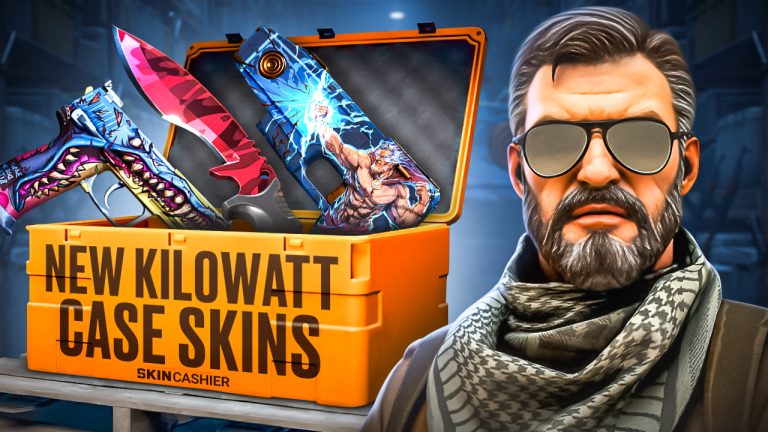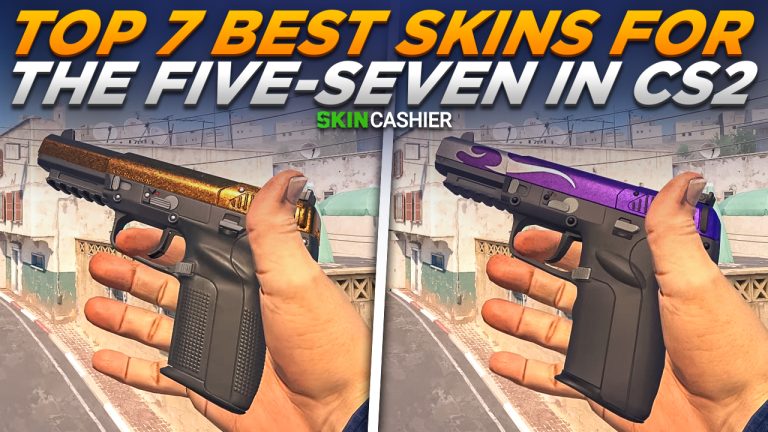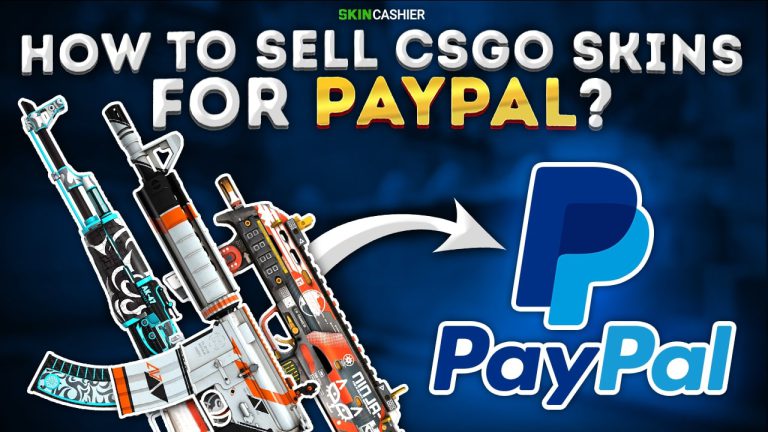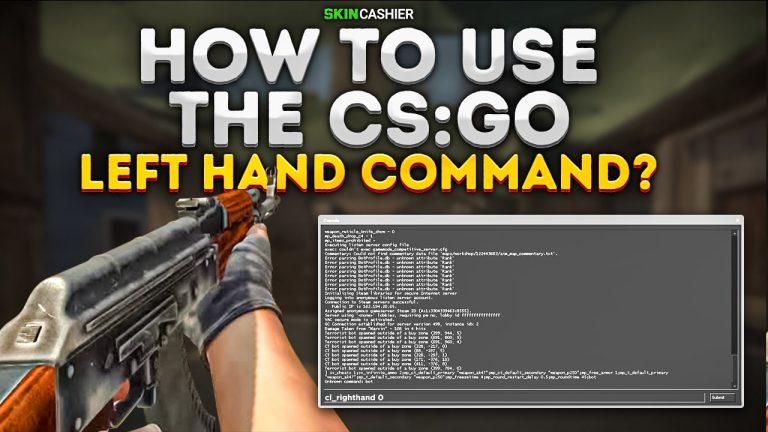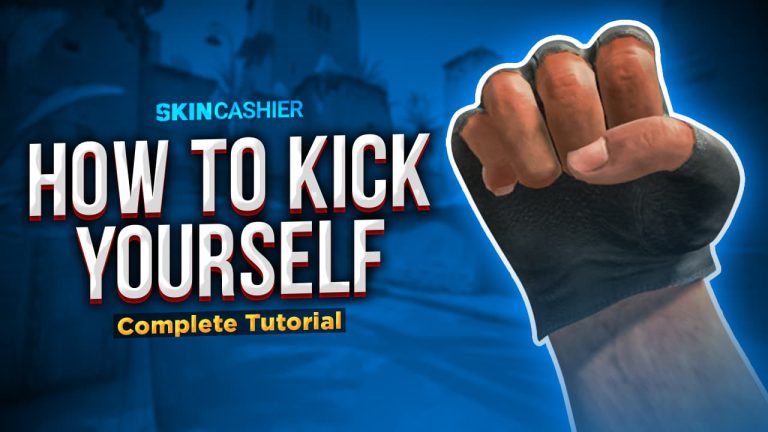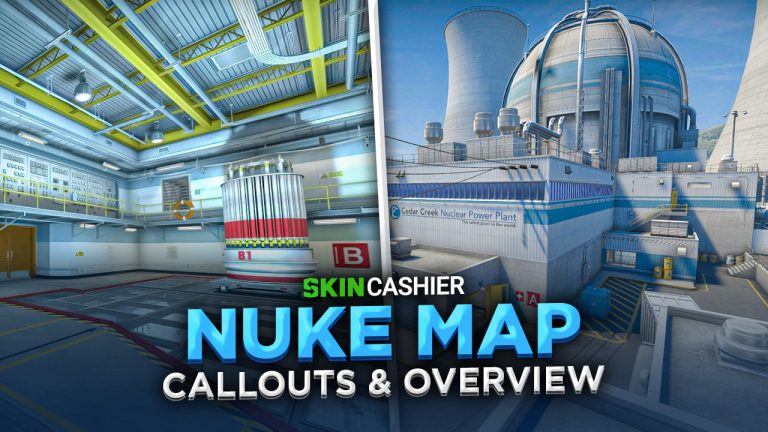Table of Contents
Any player who plans to sell CS2 (CS:GO) skins should first learn about all of the important weapon skin features, which can influence the price of their virtual goods. Float value and weapon skin wear levels are some of the most important parts of any CS2 skin, influencing not only their in-game looks but also their price at the Steam market.
Two skins of the same name can have different skin floats, which means that they will cost different amounts of money. This applies particularly to rare CS2 skins, where the difference between various float values can mean hundreds of dollars.
Want to learn more about skin quality and float value? Here is our guide on skin wear levels and all you need to know, to get the most out of your CS2 trades.
CS2 Float Value – All You Need To Know
If you’ve been playing CS2 and collecting weapon skins for some time, you might have noticed that they come in five different wear levels, ranging from Battle-Scarred to Factory New. These wear levels affect the in-game look of your weapon, with lower float levels having noticeable damage to the gun’s exterior.
Float value is a number between 0 and 1 coded in the skin, which decides the final wear level of the skin. However, the lower the float value, the lower the wear level of the skin will be. Float values in certain ranges correspond to different wear levels, as the float values decrease, so do the wear levels of every skin.
The game features five different wear levels, together with corresponding float values:
- Factory New – 0 – 0.07
- Minimal Wear – 0.07 – 0.15
- Field-Tested – 0.15 – 0.37
- Well-Worn – 0.37 – 0.44
- Battle-Scarred – 0.44 – 1
Skin’s float affects not only its looks in-game, but most importantly its price on the Steam Community Market. Well-worn skins are generally worth less than Factory New condition, though it depends. Certain skins simply look better with the worn-out look which means that higher float values can actually be worth more money. Also, the myth that your skin’s wear rating decreases with use has been debunked many times over. You can’t manipulate the float values of your weapon skins in any way, and even new skins can come in a Battle-Scarred value.
Also, it’s worth noting that not all skins come in all five wear levels. Some skins can only come in the Factory New variant, while others might be limited to Field-Tested as the lowest wear rating in which they appear.
How To Check Your Skin Float Value
You can easily check the float value of each of your skins by going into your Steam inventory. You can click on any of your items, then select ‘view item’. Under the item’s description, you can find the float value of your weapon skin. This is particularly important if you’re trading on the Steam Community Market and not third-party trading sites. Before selling your favorite skins or making any purchase, always be sure to inspect the skin’s float value and wear level.
What Are The Different CS2 Wear Levels?
As we have mentioned above, CS2 features five distinct wear levels, in which skins can appear. Here are all the different CS 2 wear ratings that define your skin’s final price:
Battle-Scarred
The lowest of possible skin wear levels, Battle-Scarred skins generally appear worn out, often severely scratched with most graphic designs practically invisible. Although this doesn’t have a big effect on simpler skins which include a single paint color, most weapon skins featuring impressive graphic designs, such as the legendary AWP Dragon Lore, will look significantly worse in this condition. Still, in some cases there isn’t a lot of difference between the Battle-Scarred and Field-Tested, or even Minimal Wear versions of the same weapon skin, meaning that investing in a Battle-Scarred version of the skin you’re interested in can be a guaranteed method of saving money.
Well-Worn
Well-Worn weapon skins are a grade higher above Battle-Scarred. In most cases, they don’t differ from their Battle-Scarred versions, other than having a little bit less of rust coating and scratches. Because of this, Well-Worn weapon skins are often not that much more expensive than their Battle-Scarred counterparts. While not very valuable, in cases of many skins, particularly those with simpler designs, Well-Worn is the lowest wear rating in which they are available.
Field-Tested
The perfect middle ground between affordable and visually pretty, Field-Tested skins carry some signs of wear, but still feature all the awesome details that are included on the original weapon finish. As its name suggests, Field-Tested skins are those that have seen combat, but haven’t been worn out yet by the various elements present on the battlefield. Most Field-Tested skins feature a small bit of scratches and other visual imperfections, which affect the skin’s price.
Minimal Wear
Minimal Wear skins can in some cases be almost indistinguishable from their Factory New counterparts, but will almost always cost significantly less. As the title suggests, these skins only feature signs of minimal wear in combat situations, making them look practically new. If you’re not a skin collector hellbent on having a Factory New version of every weapon skin in the game, Minimal Wear skins will most likely be the economically best choice for you.
Factory New
Factory New skins are the most expensive items in the game, and as their name suggests, these skins don’t feature any signs of use or wear. Factory New condition skins are the rarest available in the game, and there can be a huge difference in price between Factory New items and Minimal Wear skins, particularly when it comes to rare weapon skins, such as AWP Dragon Lore. However, equipping a Factory New weapon skins doesn’t really change anything gameplay-wise, meaning that if you’re not interested in collecting rare skins, you’re better off spending your money on higher float value versions.
In Conclusion
Float value is an important feature of CS2, having an impact on skin trading, item prices and many other aspects of the game. Understanding float value is key to better CS2 trading, and if you want to learn more about float and how it can affect CS2 trade ups, be sure to check out the rest of our blog
![[EN] BLOG](https://skincashier.com/blog/wp-content/uploads/sites/9/2022/09/skincashier-logo-1-1.png)

